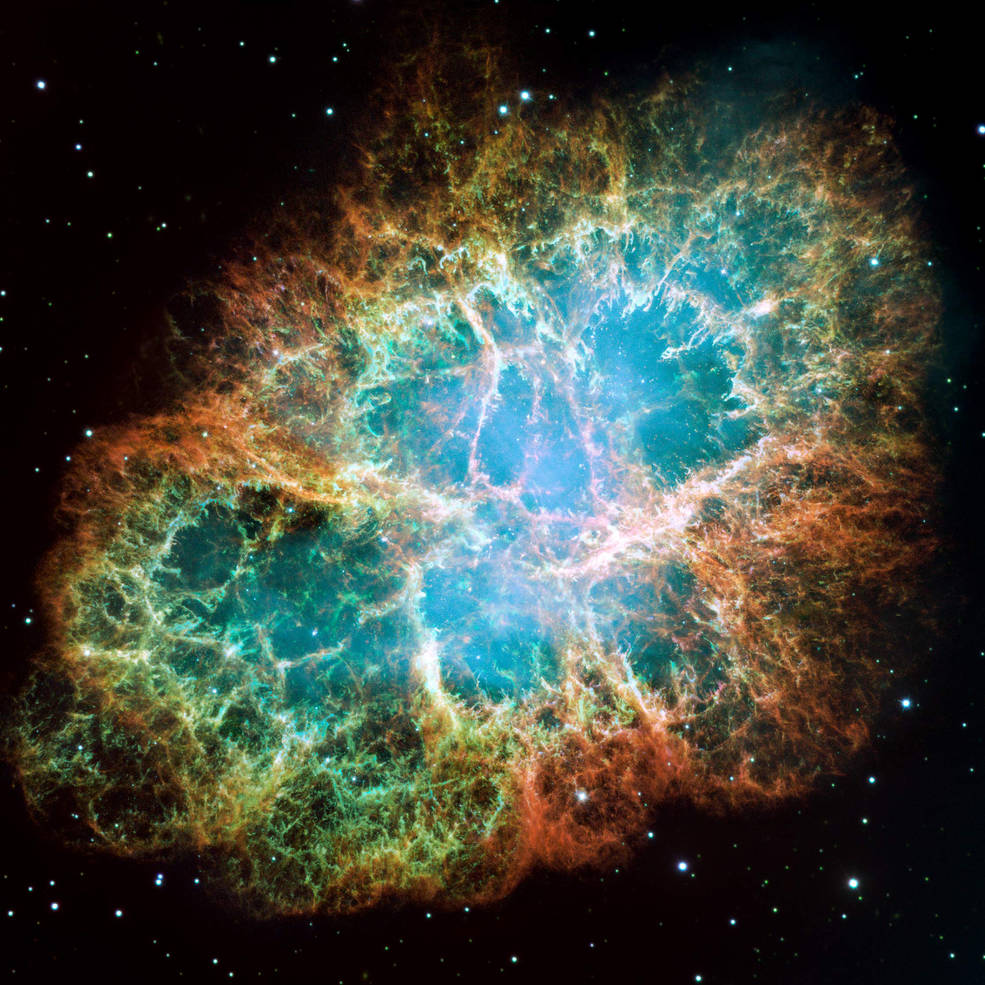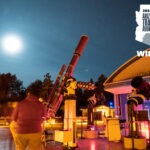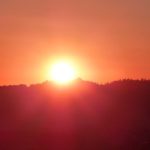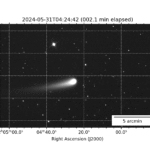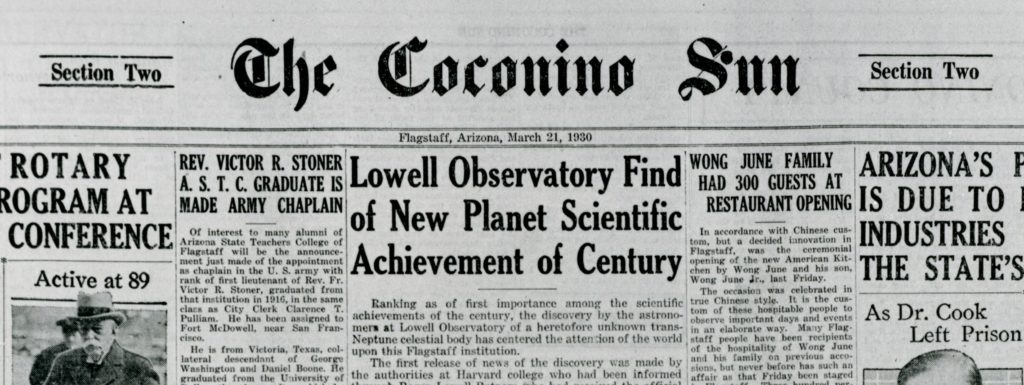
Mars Hill Quick Report: September 5 – 11
Welcome back to the Mars Hill Quick Report, a bite-sized weekly news update from Lowell Observatory! Each week, we’ll give you the short version of upcoming events at Lowell and beyond, plus a little dash of history.
News
☆ Tuesday, September 6
New Star Stuff episode – Dr. Vera Rubin: Discoveries, Stories, and Good Memories
In this episode of Star Stuff, Cody and Hailey chat with Dr. Alycia Weinberger and Dr. Kaspar von Braun about American astronomer Dr. Vera Rubin. They discuss her life and career, as well as stories from time spent working with her.

☆ Wednesday, September 7
New Science Talk Debuts
Lowell’s Public Programs department is unveiling a new science talk: Exoplanets: Weird and Wonderful Worlds Revealed! This talk will answer questions such as:
- What are exoplanets? how are they similar or different to planets in our own solar system?
- How do we find exoplanets (including the “100 Earths” project at the LDT)?
- What do these other worlds look like and what do we know about them?
- Why do we study exoplanets? why do we care about them?
This talk will run at 4:45 and 6:15 each night, so be sure to check it out during your next visit to Mars Hill!
Observatory switches to Fall/Winter Hours
As the Sun begins to set earlier in the evening and nighttime temperatures start to drop, Lowell Observatory will be open from 10am to 10pm starting on September 7. We will continue closing at 5pm on Tuesdays.
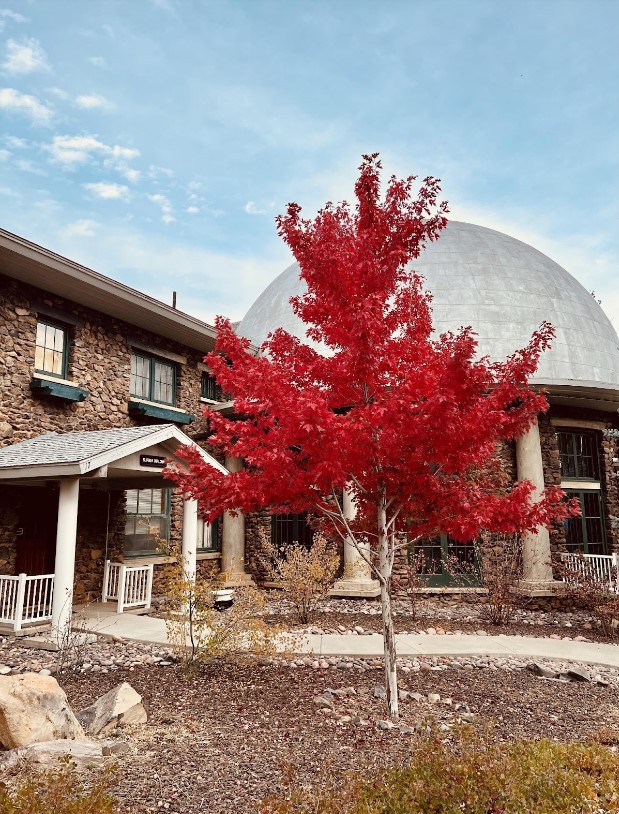
This Week in History
☆ September 11, 1758
Charles Messier Sees Patch of Light that Becomes First Object in His Catalog
French astronomer Charles Messier is best known for compiling an astronomical catalog of 110 nebulae and faint star clusters. A comet hunter by trade, Messier discovered a total of 13 comets over the course of his career. During his searches, he continually came across fixed diffuse objects that he and his assistant recorded to avoid misidentifying them as comets later on. Today, the Messier Catalog’s entries are known to contain 39 galaxies, 4 planetary nebulae, 7 other types of nebulae, and 55 star clusters. The objects’ Messier designations, from M 1 to M 110, are still used by professional and amateur astronomers today. Their relative brightness makes them easy to locate with telescopes, making them popular viewing subjects for amateur astronomers. M1, the first of these objects, was sighted and classified by Messier on September 11, 1758. Around 1844, British astronomer William Parsons sketched the nebula. The resemblance of the resulting image to a crustacean led to M1’s other name, the Crab Nebula.
